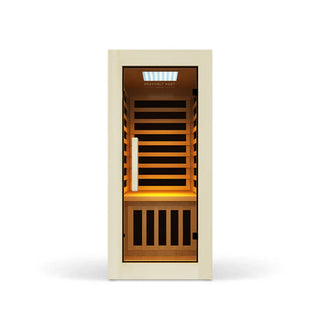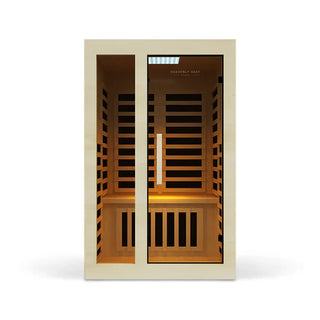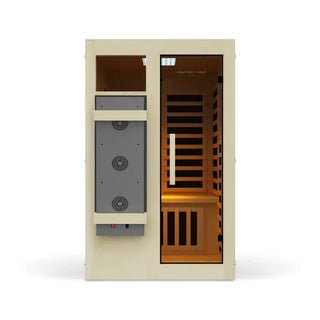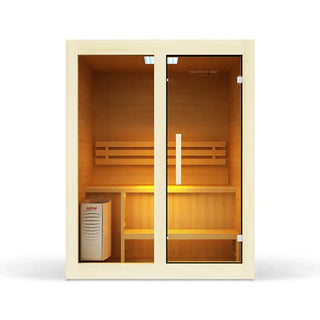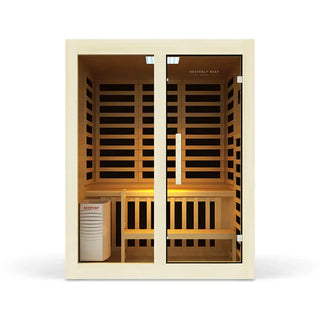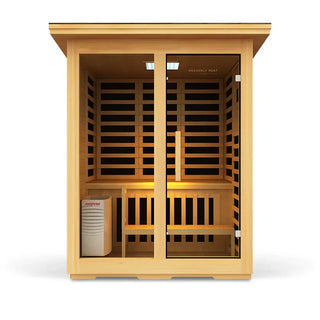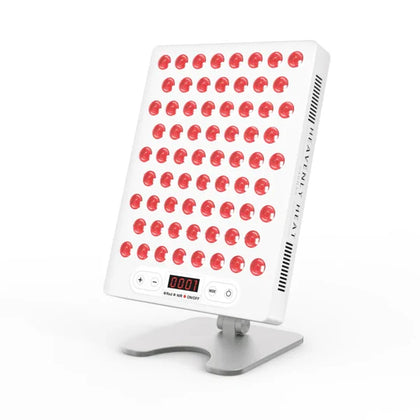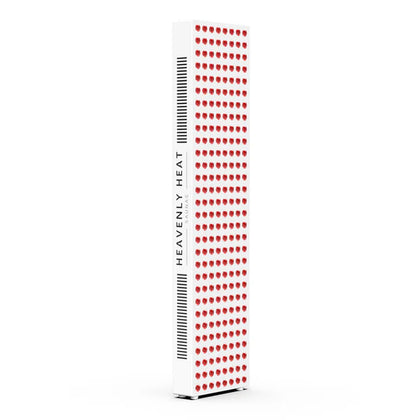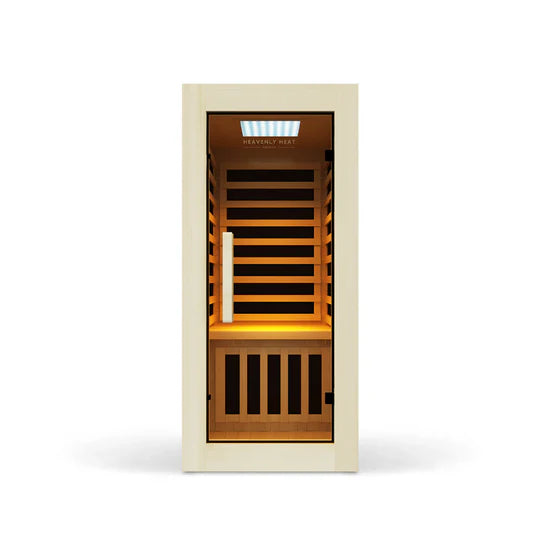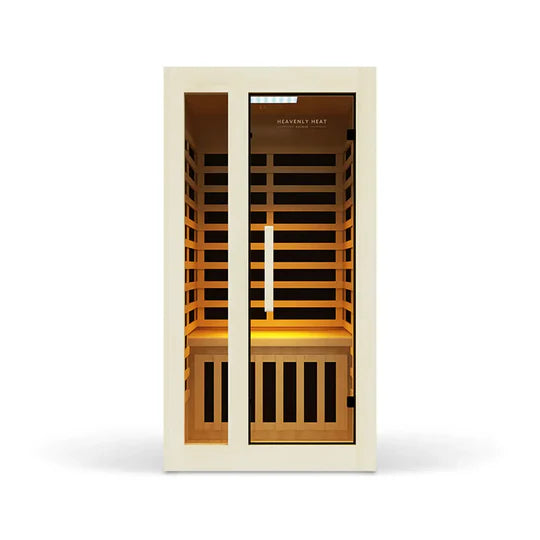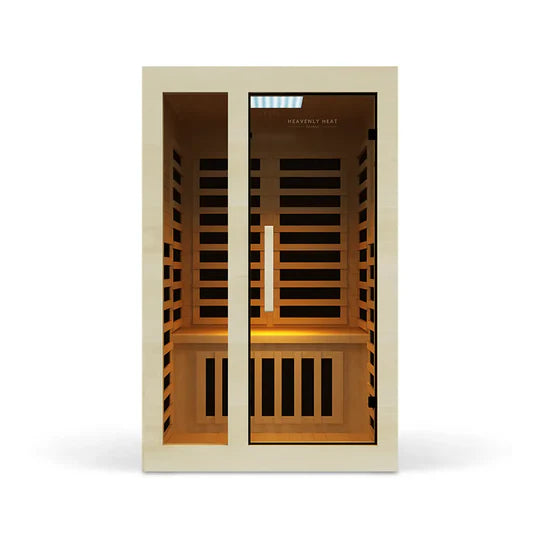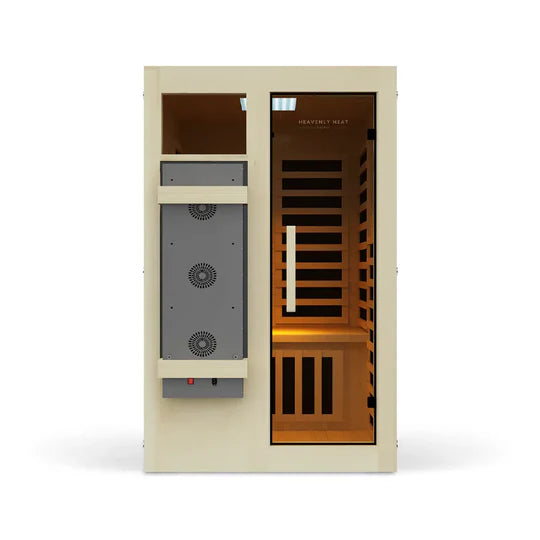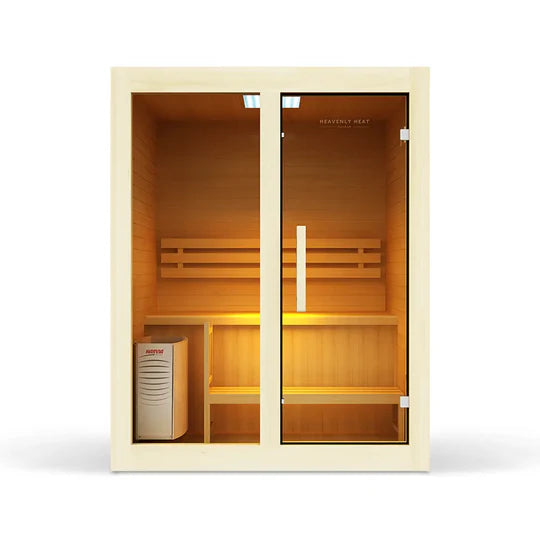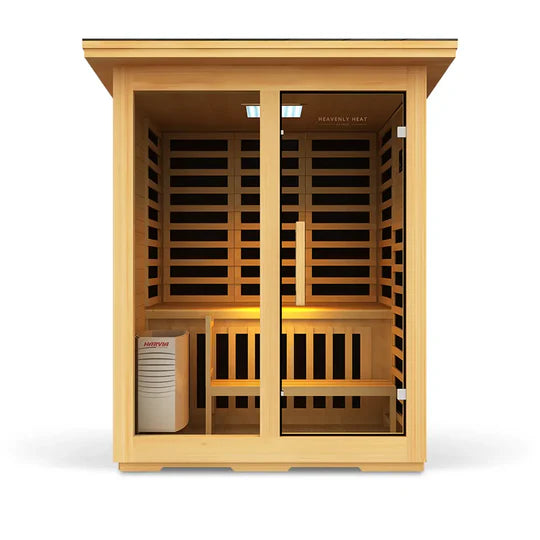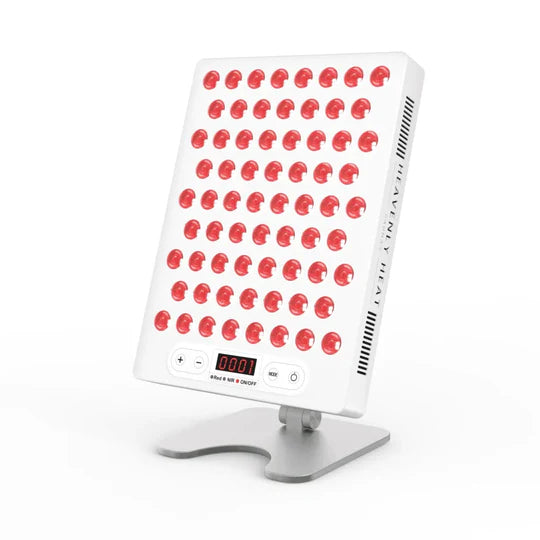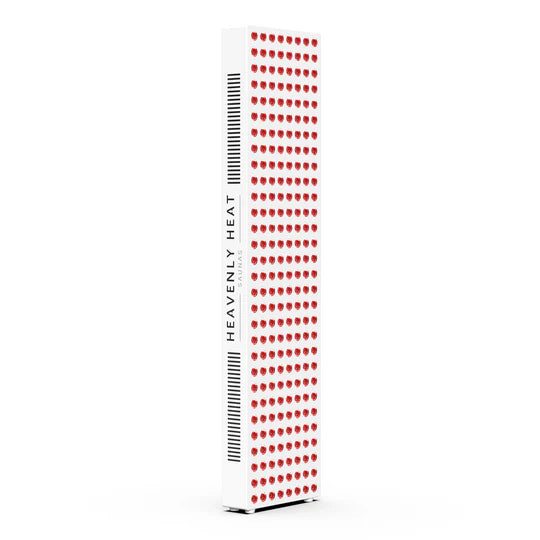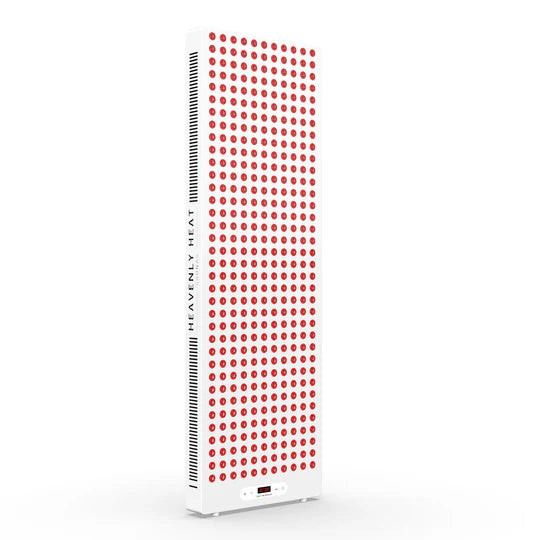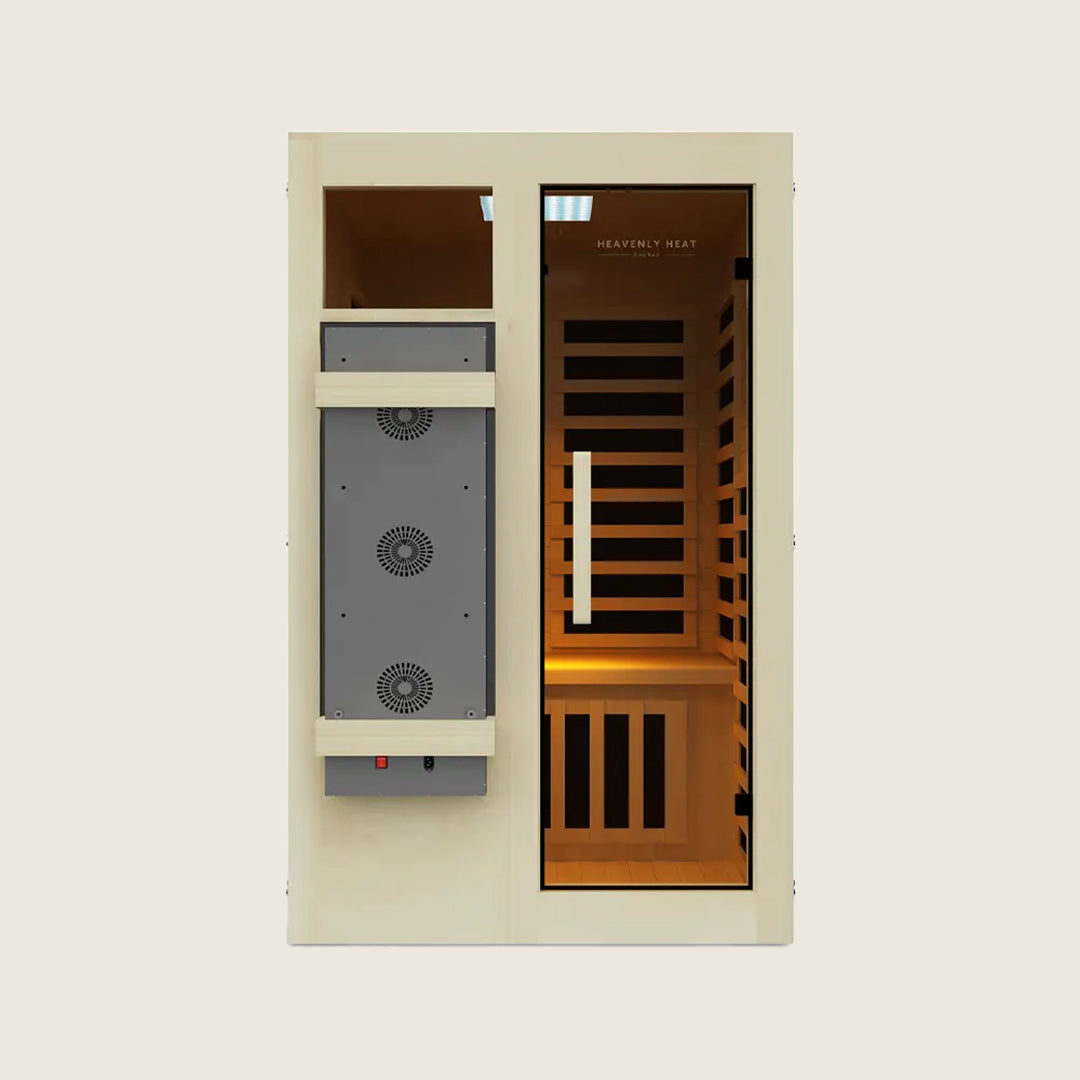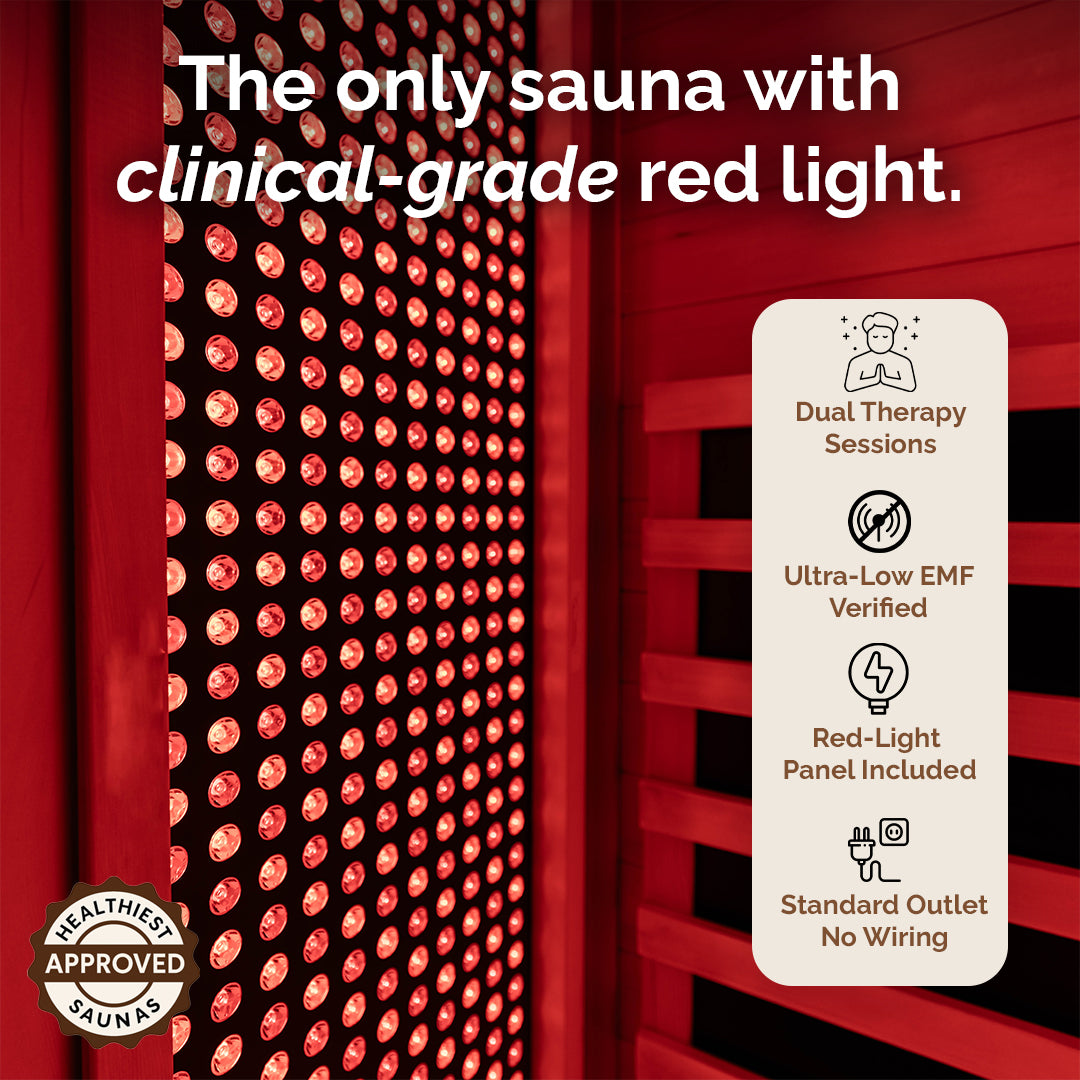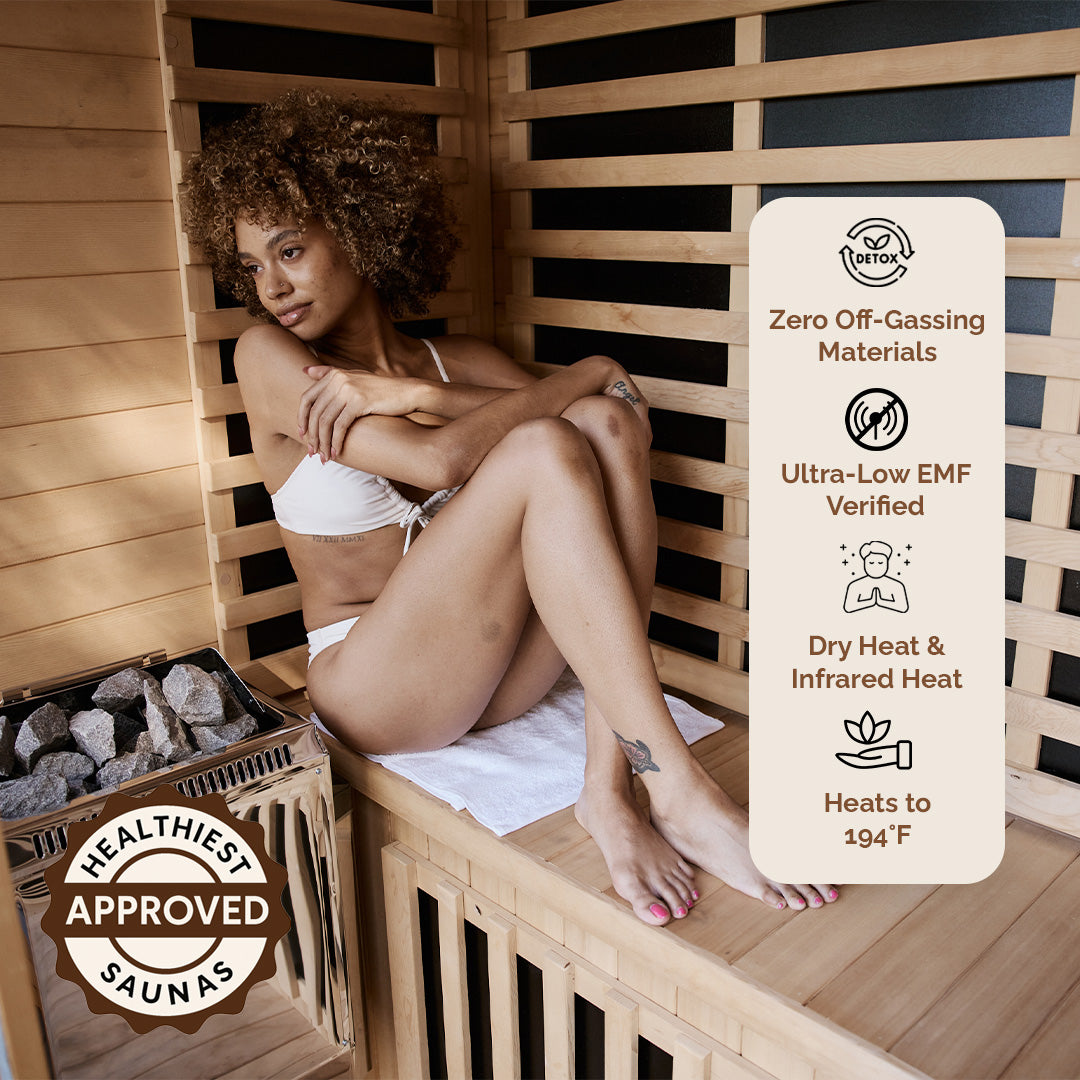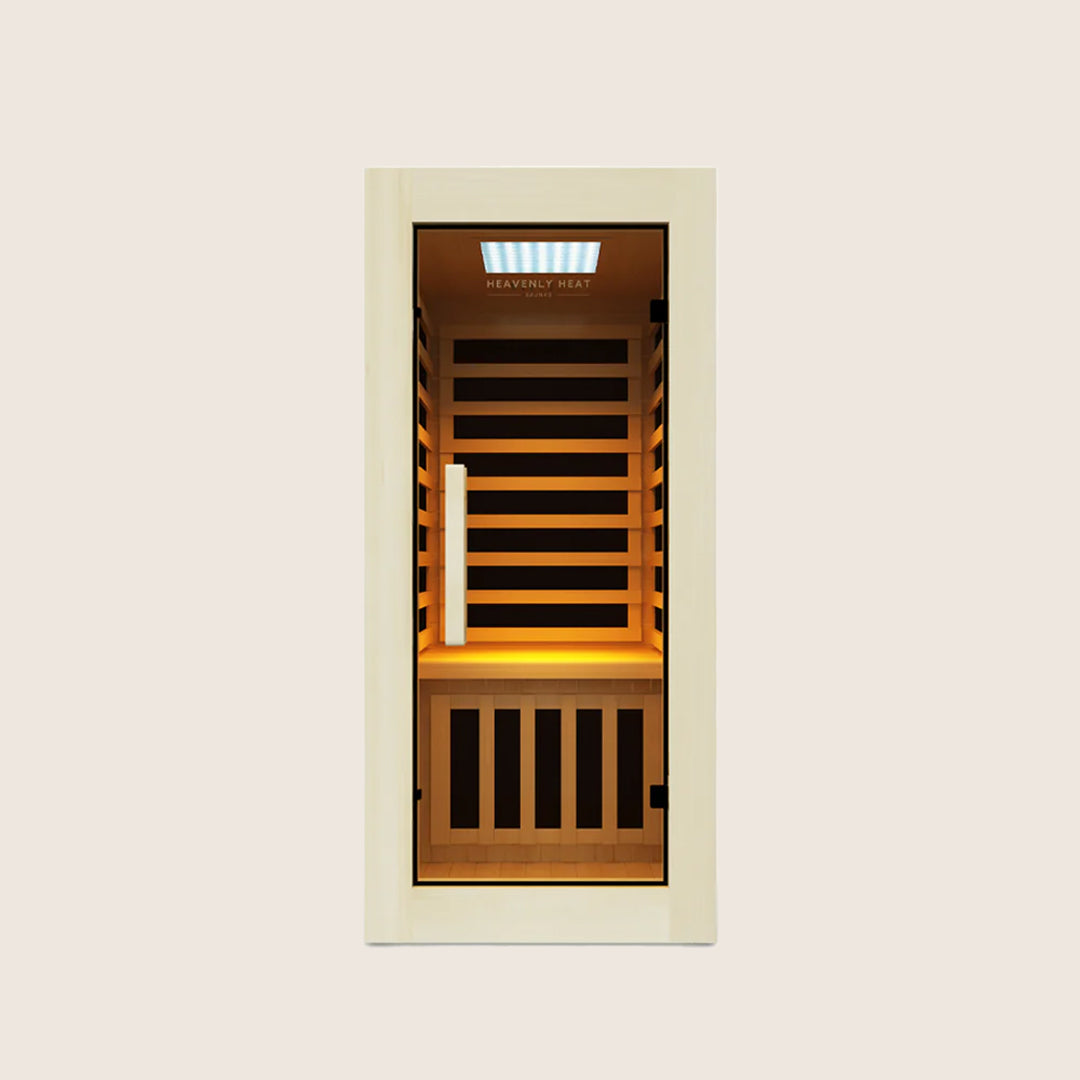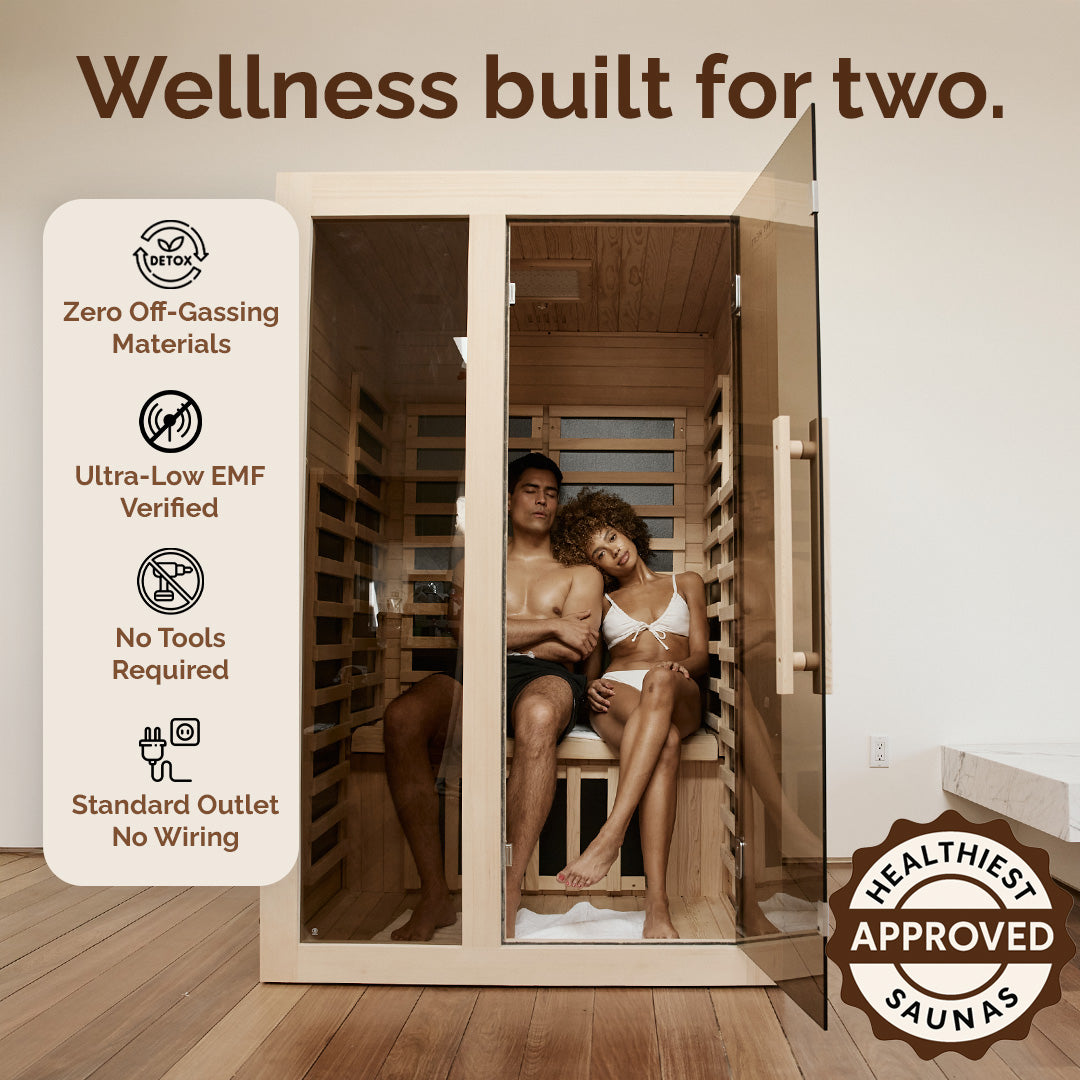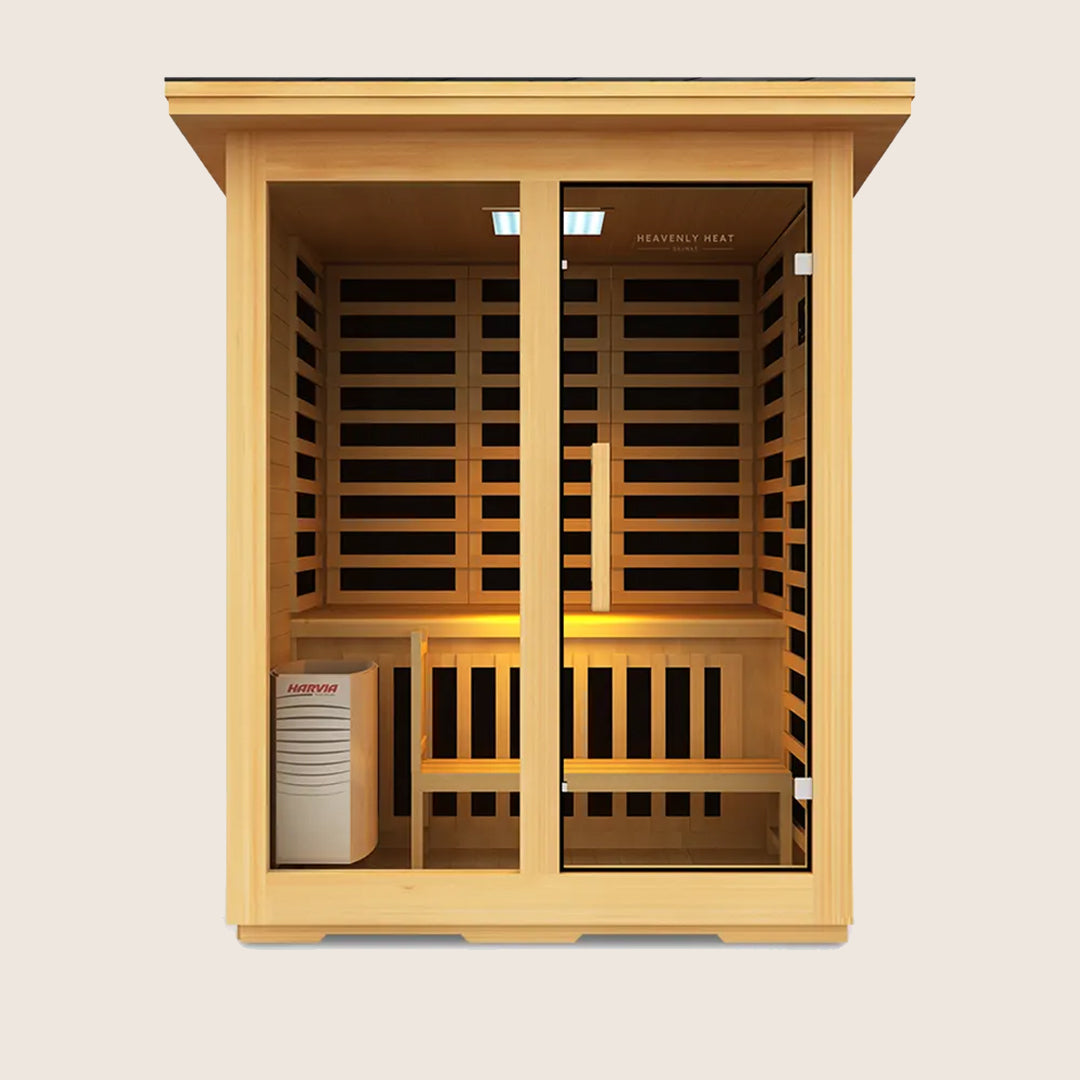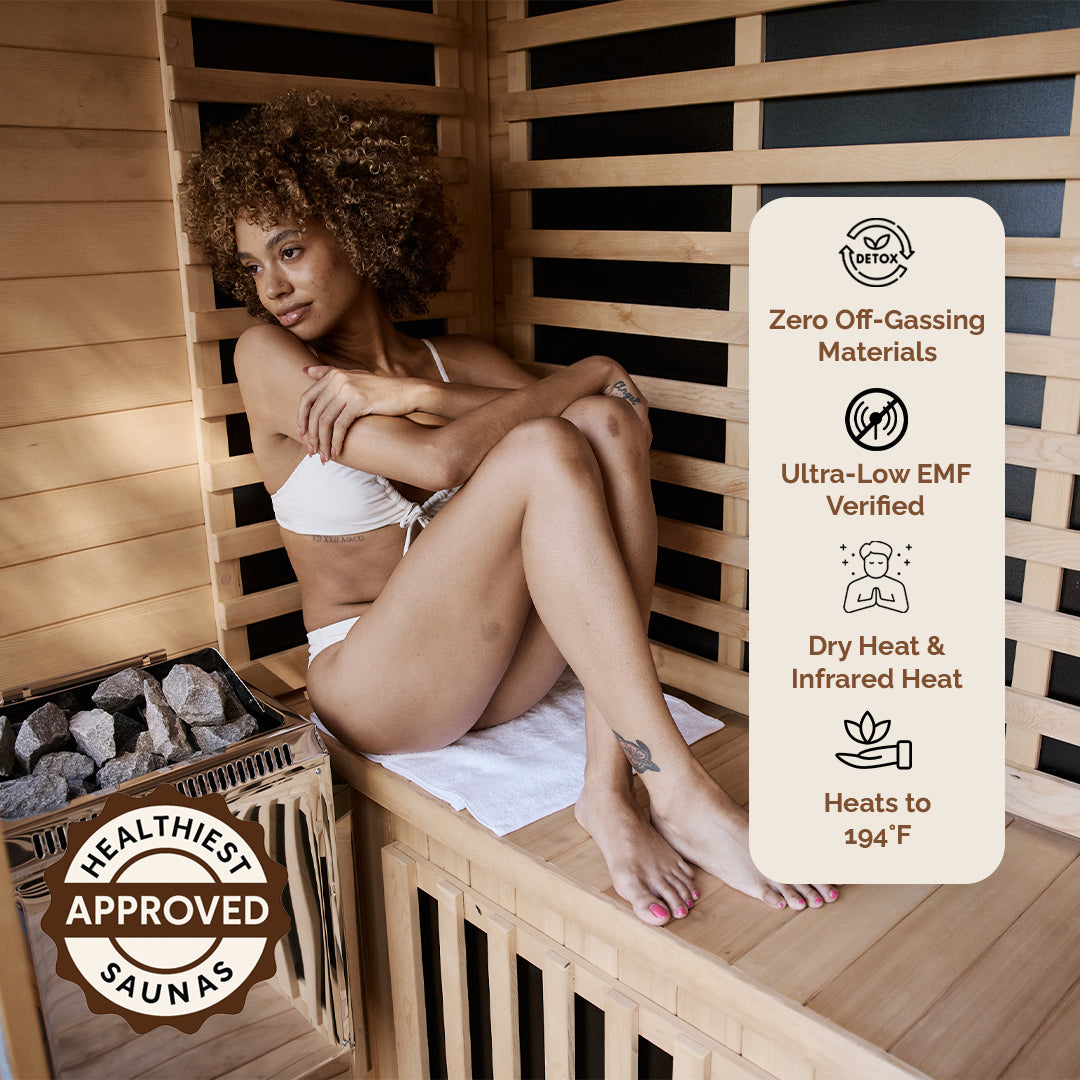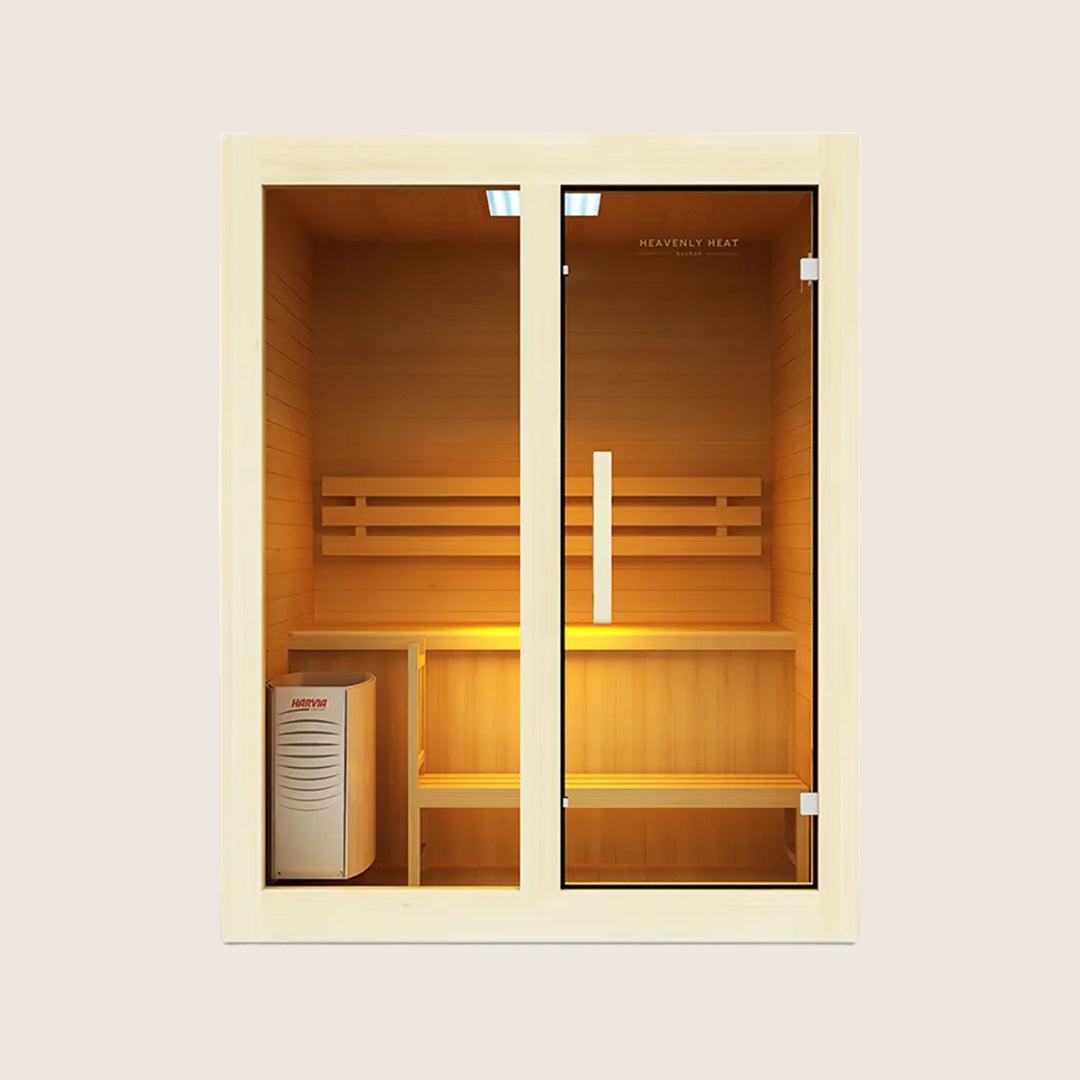Are Cold Plunges Good For Women?

Cold plunges are trending everywhere, but are they safe and healthy for women? From helping with muscle recovery to possibly affecting hormones and fertility, cold water therapy isn’t all chill.
This article breaks down the real risks and benefits, so you know exactly what’s worth it, and what’s not, before you take the plunge.
Key Takeaways
Know the Risks: Cold plunges may disrupt hormones, menstrual cycles, and fertility in some women.
Stay Safe: Avoid cold plunges during pregnancy and consult your doctor if you have health conditions.
Ease In Gradually: Start with short dips and watch for signs of cold shock or hypothermia.
Reap the Benefits: Cold therapy can boost immunity, improve skin, and enhance mood.
Listen to Your Body: Adjust based on your cycle, comfort level, and mental well-being.
What Are Cold Plunges? A Quick Overview?
A cold plunge is when you dip into very cold water, usually around 50°F (10°C) . Unlike ice baths filled with ice, cold plunges typically involve flowing cold water or specialized tubs designed for cold therapy .
Usually, staying in for 2 to 3 minutes is enough , but it’s important to listen to your body to get the best benefits.
Are Cold Plunges Safe for Pregnant Women?
Cold plunges can feel amazing, but doctors recommend avoiding them during pregnancy because the sudden drop in body temperature might harm the baby and affect blood flow.
There are concerns about risks such as early labor or miscarriage. Pregnancy already stresses the body, so it’s smarter to skip cold plunges for the baby’s safety.
Potential Risks and Side Effects of Cold Plunges for Women
Hormonal Disruptions and Menstrual Irregularities
Cold plunges can influence female hormones by triggering the body’s stress response, potentially disrupting the balance of estrogen and progesterone that regulate the menstrual cycle.
Some women notice changes such as delays or irregular flow, especially if cold exposure occurs during sensitive phases of the cycle.
Increased Risk of Hypothermia and Cold Shock
Hypothermia happens when the body loses heat faster than it can produce, dropping core temperature dangerously low.
Cold shock is the body's immediate reaction to sudden cold, causing gasping and rapid breathing.
Women may be more prone to cold shock due to differences in body fat and circulation. Early signs include shivering, confusion, and sluggishness.
Negative Impact on Fertility and Reproductive Health
Frequent or intense cold exposure could interfere with menstrual regularity and reproductive health. Women planning to conceive should monitor their cycles and consult healthcare providers as needed.
Cardiovascular Strain and Blood Pressure Spikes
Cold water immersion causes blood vessels to constrict, raising blood pressure and putting strain on the heart.
This can be risky for women with hypertension or cardiovascular conditions . Sudden cold triggers the body's fight-or-flight response, increasing heart rate and blood pressure.
Women experiencing chest pain, dizziness, or severe shortness of breath should stop immediately and consult a doctor .
Aggravation of Preexisting Health Conditions
Cold plunges can worsen symptoms for women with heart disease, hypertension, arthritis, autoimmune conditions, Raynaud’s disease, or diabetes.
The cold causes blood vessels to tighten, potentially triggering discomfort or flare-ups. Always discuss cold water therapy with your healthcare provider first.
Skin Sensitivity and Risk of Infections
Cold water tightens pores and reduces natural oils, which may increase skin sensitivity and infection risk, especially for those with eczema or psoriasis. Proper rinsing, moisturizing, and hygiene post-plunge are important.
Psychological Stress and Anxiety Triggers
Cold plunges can cause psychological stress or panic in some women, especially those with anxiety disorders. Controlled breathing and gradual exposure can help manage discomfort.
Benefits of cold plunge for womens
Enhanced Muscle Recovery and Reduced Inflammation
Cold plunge therapy speeds up muscle recovery by reducing swelling and flushing out toxins and lactic acid. For best results, women should stay in the cold plunge for about 5 to 10 minutes soon after exercise.
Boosted Immune System and Resistance to Illness
- Cold water helps the body make more infection-fighting cells: Cold plunges increase the number of white blood cells, which help the body fight infections better.
- Cold exposure reduces swelling and helps fight sickness faster: When women take cold plunges, it lowers inflammation and helps the body recover from illnesses more quickly.
- Regular cold therapy strengthens the body’s natural defenses: Doing cold plunges often activates the body’s stress response, making it stronger at resisting common illnesses through all seasons.
Improved Skin Health and Reduced Signs of Aging
Cold water immersion tightens pores , improves blood flow , and boosts collagen production , which helps reduce wrinkles and improves skin tone.
Over time, cold therapy can refresh and rejuvenate the skin , calming inflammation , and promoting a youthful appearance .
Hormonal Balance and Mood Stabilization
Cold plunges may help lower cortisol, the stress hormone , and encourage serotonin production, which supports mood stabilization .
Many women find that regular cold exposure eases mood swings linked to hormonal changes and can reduce PMS symptoms .
Increased Circulation and Detoxification
Cold plunges improve blood circulation by causing blood vessels to constrict and then dilate, supporting detoxification and lymphatic drainage.
Stress Relief and Enhanced Mental Clarity
Cold plunges reduce cortisol levels and calm the nervous system, helping to relieve stress. Many women report feeling more alert, focused, and energized after cold water immersion, making it an effective way to enhance mental clarity.
Support for Metabolism and Weight Management
Cold plunges activate brown fat, boosting metabolism and aiding weight management. Incorporating cold plunges a few times a week supports healthy fat burning.
FAQs
Can cold plunges affect breast health or breastfeeding for women?
Short cold dips typically don’t affect milk supply, but prolonged exposure may cause issues like clogged milk ducts or nipple vasospasm. It’s best to avoid cold plunges in the early weeks postpartum to focus on healing.
Is there an optimal duration and frequency of cold plunges specifically recommended for women?
Beginners should start with 1 to 2 minutes and can increase to 3 to 5 minutes as they adapt. Three to four times a week is often enough to see benefits. During menstruation, it’s smart to shorten or skip sessions if sensitive.
Do cold plunges affect thyroid function or metabolism differently in women?
Cold water can influence thyroid hormones to regulate temperature and metabolism. Women with thyroid disorders might experience symptom changes or added stress.
Are there cultural or gender-specific considerations women should be aware of when using cold plunges in public or spa settings?
Cultural attitudes about modesty and religion often encourage private or women-only cold plunge areas. Many spas offer gender-specific hours or spaces to ensure comfort and privacy.


